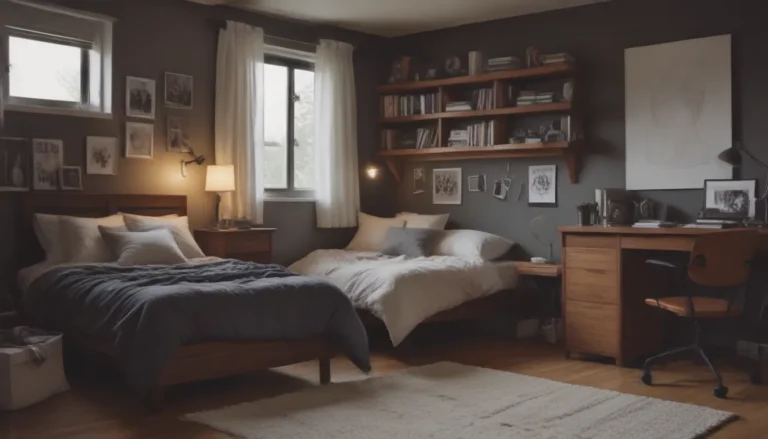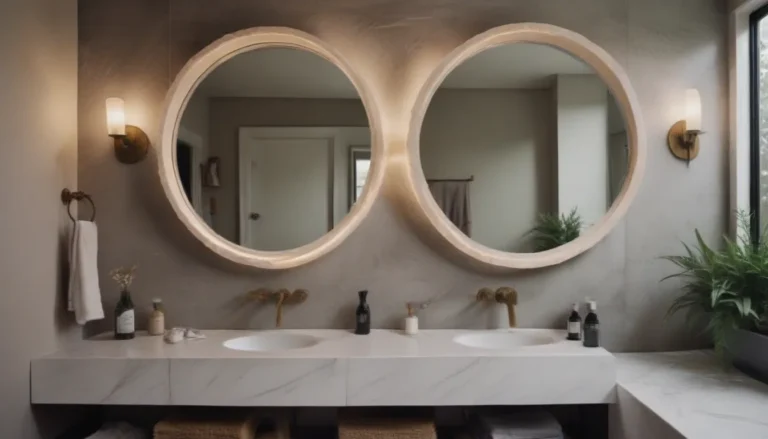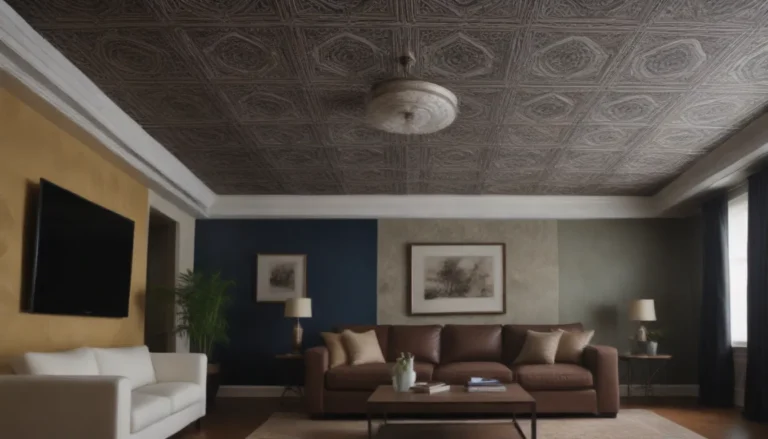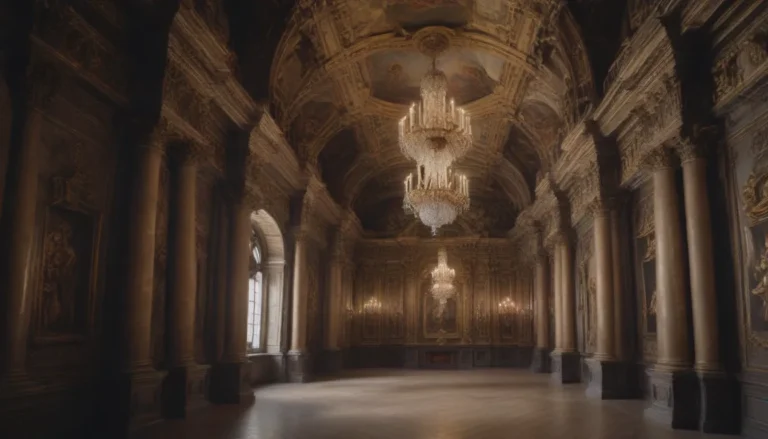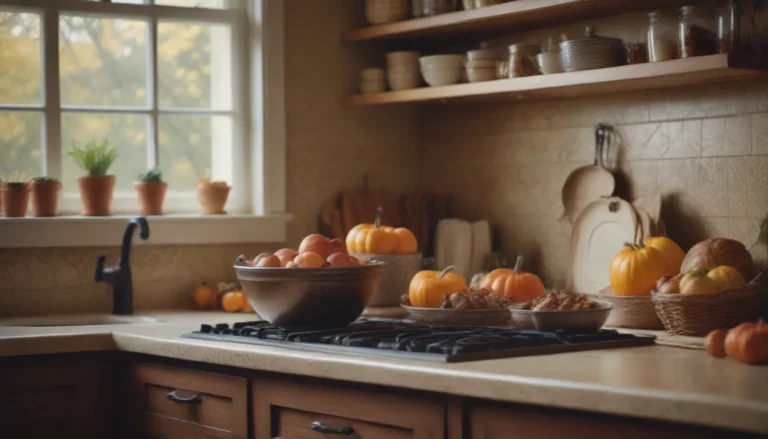Unraveling the Beauty of Mediterranean Architecture

If you’ve ever admired the charming elegance of homes with red tile roofs, stucco exteriors, and ornate archways, chances are you’ve fallen in love with Mediterranean-style architecture. The allure of these homes lies in their ability to transport you to a tranquil oasis that seamlessly blends with nature, creating a harmonious living space that exudes relaxation and comfort.
Delving Into the Origins of Mediterranean Architecture
Mediterranean architecture traces its roots to countries bordering the Mediterranean Sea, such as Italy, Portugal, Spain, and beyond. What started as a blend of influences from these regions gradually evolved to include elements from France, Greece, and Morocco, among others. This architectural style is also known by various names, including Spanish Colonial, Moroccan, Mission Revival, and Neo-Mediterranean, reflecting the diverse inspirations that contribute to its unique character.
A Glimpse Into Mediterranean Architectural History
Like all architectural styles, the early Mediterranean homes were crafted using locally available materials, such as adobe and clay. The distinctive red roof tiles and stucco finishes we associate with Mediterranean architecture today stem from this era. As the style evolved, American architects in states like Florida and California played a pivotal role in popularizing Mediterranean Revival architecture. Initially reserved for public buildings like hotels and resorts, this style eventually made its way into residential homes, capturing the essence of luxurious Mediterranean villas.
Exploring the Varied Types of Mediterranean Architecture
Mediterranean architecture draws inspiration from several distinct styles, each adding its own flavor to the mix:
- Italian Renaissance: Influenced by the grandeur and elegance of Italian architecture, this style embodies timeless beauty and sophistication.
- Spanish Revival: Reflecting the rich heritage of Spain, this style exudes warmth and charm with its intricate detailing and vibrant colors.
- Modern Mediterranean: A contemporary take on traditional Mediterranean architecture, blending sleek lines and modern elements with classic features.
Key Elements of Mediterranean Architecture
Mediterranean-style homes are characterized by a set of defining features that contribute to their distinct allure:
Large, Symmetrical Facades
One of the hallmarks of Mediterranean architecture is its large, symmetrical facades that exude a sense of balance and harmony. Tall doors and windows adorned with wrought-iron gates invite the outdoors in, creating a seamless connection to the surrounding environment.
Red Clay Roof Tiles
The iconic red clay roof tiles not only lend a rustic charm to Mediterranean homes but also serve a functional purpose. Their unique shape allows for efficient water drainage and helps in keeping the interiors cool during hot weather.
Stucco Walls
Stucco, both on the exterior and interior walls, is a common feature in Mediterranean homes, particularly in regions with warm, dry climates. These thick walls help regulate temperature, keeping the interiors cool during the day and retaining warmth at night.
Ornate Archways
Decorative archways add a touch of elegance to Mediterranean homes, serving as both structural elements and aesthetic features. Adorned with colorful tiles or mosaic glass, these archways enhance the visual appeal of the architecture.
Wrought Iron Details
Wrought iron balconies, window grilles, and decorative accents are prevalent in Mediterranean architecture, lending a sense of sophistication and charm to the exteriors. These intricate details add warmth and character to the overall design.
Outdoor Living Spaces
A hallmark of Mediterranean homes is their seamless integration with outdoor living spaces. From patios and terraces to balconies and atriums, these homes offer ample opportunities for residents to enjoy the natural surroundings and embrace an al fresco lifestyle.
Finding Mediterranean Homes
Mediterranean-style homes are most prevalent in warmer, drier climates where the architectural elements thrive. Regions with a strong Spanish heritage, such as California, Florida, Texas, and the southwestern states, showcase a significant number of these homes. The influence of Spanish culture is evident in the design and construction, reflecting a rich architectural tradition that spans centuries.
Tuscan-style architecture, originating from Tuscany, Italy, offers a more Italianate aesthetic compared to Mediterranean architecture. While Tuscan homes feature similar red clay roof tiles, they embody a distinct Italian flair that sets them apart from their Mediterranean counterparts.
In conclusion, Mediterranean architecture stands as a testament to the timeless allure and elegance of Mediterranean living. From its rich history to its distinctive features, this architectural style continues to captivate homeowners with its blend of beauty and functionality. Whether you’re drawn to the rustic charm of red clay roof tiles or the intricate detailing of wrought iron accents, Mediterranean architecture offers a captivating glimpse into a world of enduring sophistication and style.
